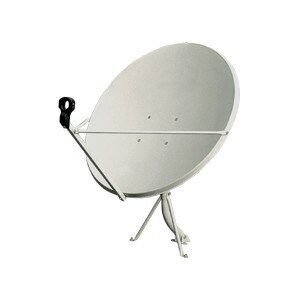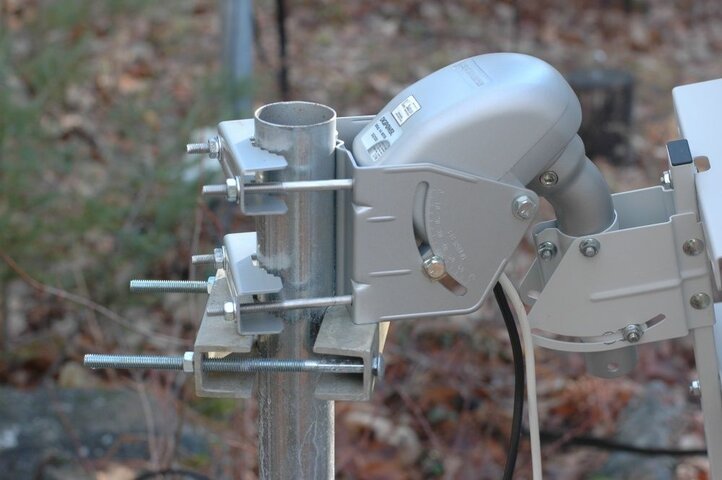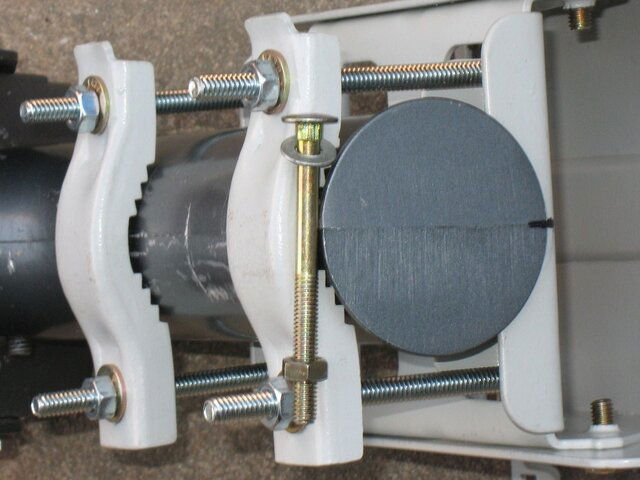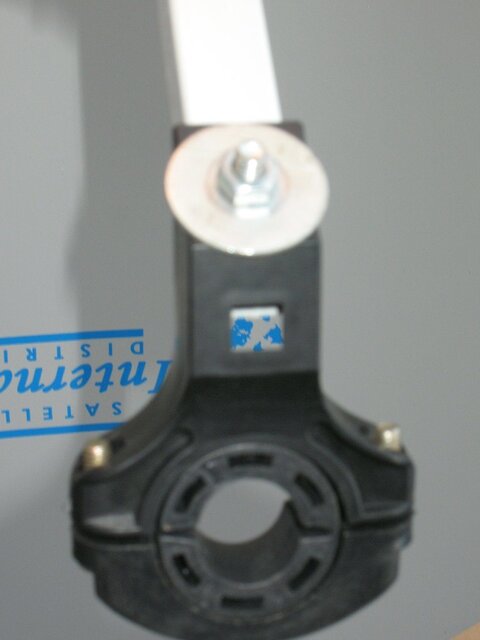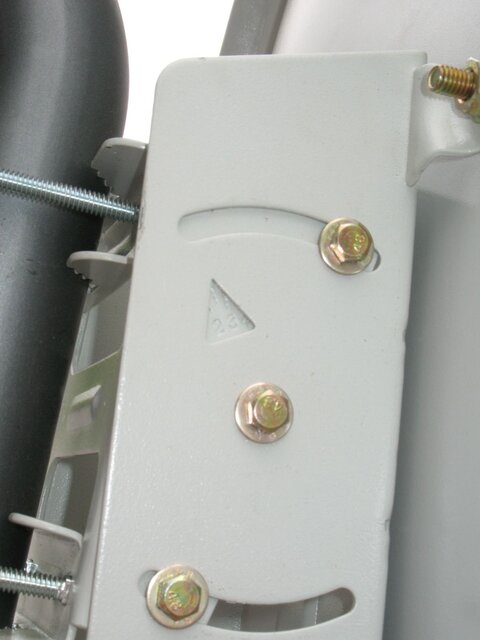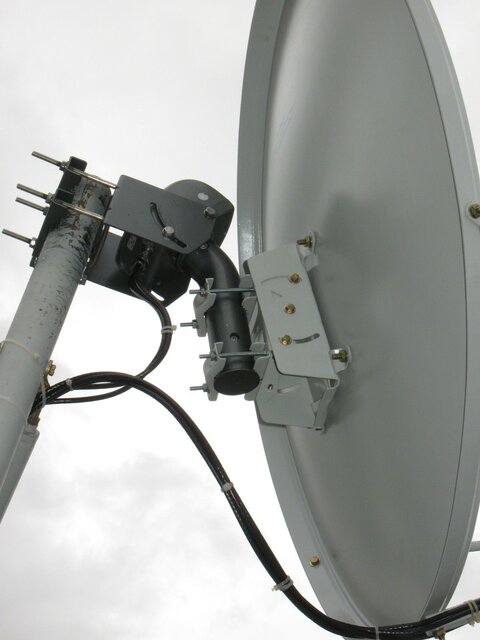I could be totally wrong
IMHO, TryingMyBest should take a break from working on his dish and motor. I noticed he seems to be getting more confused with each post. It also seems he is asking some of the same questions. It can be overwhelming because so much information is being thrown at him at once.
My advice would be to stop working on the dish for a couple of days and just read the thread and look for other information as well. Just relax it doesn't have to be completed over night, I realize he is in a hurry to watch tv and that I understand. I think We are adding to his confusion because some of our answers are very complex to someone who has never had any experiences with FTA.
It would be better for us to realize he has no experience and some of the terms used would confuse him totally. Not that I am knocking anyones answers and replies, it's just we tend to think because we understand that he will automatically get it. He needs a simple reply laid out in a step by step format as to how to setup his dish without a motor and then with the motor attached. I realize he needs to learn the correct terms and understand what they mean but some of it can come later.
Right now what he needs is to learn how to walk before he runs and to take a simple step by step plan. Another words take baby steps, and I do not mean that with any disrespect because we all have to start at step one when we started out in this hobby. Some people have a natural ability to understand very technical and complex problems while others need a push in the right directions.
1. Make sure the mast is plumb, don't ask why just make sure it is plumb in the future you will understand if the mast isn't plumb it will throw your dish off the satellite belt. It has to be plumb if it didn't matter responders wouldn't tell you it had to be prefectly plumb.
2. Set your lnbf to "0" degress, it doesn't matter right now why just do it because it is very important.
3. Take the dish off the motor and place the dish on the mast alone. Tighten the bolts enough that you can still move it either left or right. The bolts need to be tight enough that you don't have a lot of "Play". However the dish still needs to move freely left or right.
4. Use the List to get your elavation to as near as to what it says as possible, It will not be prefect but it will get you close. Never mind why just do it. Pick a satellite as close to the true south as possible for your location.
5. Point the dish to the satellite location you just read in The List. Use your compass to point the dish. If you can't read a compass correctly you are wasiting your time. Search on instructions as to how to read a compass and practice. If you do know how to read a compass you shouldn't have any problems pointing your dish. Practice by pointing the dish at objects near you by taking a bearing on a light pole or other object. Use the compass and then aim the dish just that simple. Use the Lnbf as your aim point and then point the lnb at the light pole. Please note that metal objects can cause a compass not to read correctly. Holding it in your hand could cause it not to read correctly. Several things can cause a compass to be off by several degrees. It's best to lay it down and as flat and level as possible away from metal objects. I use a small cut of wood to place my compass on just for ref...
6. Get off the roof go inside and set your receiver to installation and pick the satellite you are pointed at. Make sure all your settings are correct on your lnbf, diseqc and then after you have confirmed everything is correct you pick out an active transponder to work with. If you don't understand how to setup your receiver you are wasting your time on the roof at the dish. You must frist learn how to use your receiver. It isn't plug and play, you can't just turn it on and expect it to work. You have to put in some information and it has to be correct in order for it to see what you are pointed at. The settings depend on the type of Lnbf you have and what switches are in line. They also depend on the satellite settings, you may have to add in an active transponder manually if it isn't on your receivers list.
7. You need someone at the receiver whilst you work at the dish this is so very important. You need someone there who can see the quality signal. You need someone who will react quickly and advise you when they see the signal appear on the transponder. You have to understand how important it is to have someone help you.
The above is not intended to be a guide for you or anyone else it is just an example for you to consider. I haven't even started to lay out a plan for you but rather give you things to consider. Setting up a dish can be very easy or very difficult it just depends on what approch you take. Some prefer the very complex and technical approch while the majority of users tend to not care about the details just so it works. Think simple and lay out a plan starting with learning your receiver and then move to the dish.
If you follow the advice of those here that have experience you will not have any problems. If you ignore the advice of those here it is possible you will have issues and a difficult time.
You need to sit back an make a plan and lay it out A, B, C and make sure you complete each step before moving to the next one. Understand the steps you take before you move on...
Good Luck
I think I have said more today than I have in several years...




